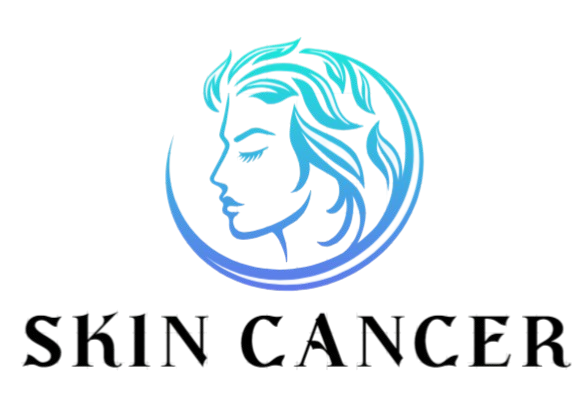A ruptured rotator cuff can be the result of excessive muscle use, trauma and aging, as well as many other factors. This is one of the reasons why adults complain of pain, usually in the upper part of the body, especially in the shoulder area. In fact, in 2008, almost 2 million people complained to their doctors about a broken rotator cuff.
Factors that contribute to a broken rotator cuff
Age As a general rule, if you are already 40 years old or older, you are more susceptible to this disease, as calcium deposits begin to settle in the area of the rotator cuff. Another factor that depends on age is the development of bone arthritis. Due to these two main causes, the rotating sleeve is easily irritated.
Sports Being active in sports is good because, like physical exercise, you use many muscles and tendons, which strengthens the muscles of the body and the core. However, incorrect movement can cause the rotator cuff to break. Sports such as rowing, golf and bowling depend on the movement of the arms and legs, and when subjected to an excess of training, the probability of injury is very high. Gymnasts and dancers are also predisposed to this state.
The impact of repetitive stress. In general, tears occur in the dominant hand, because it is she who performs most of the repetitive tasks. These repetitive actions are soon replaced by the excessive use of muscles and tendons, which contributes to the degeneration of the rotating sleeves. Soon, a chronic tear becomes more obvious until you feel real physical pain.
Signs of injury
One of the most obvious signs of a rotator cuff tear is an unexplained pain, accompanied by sensations of palpitations in the shoulder. In addition, pain, when you try to lift your bag, carry a child or simply sweep the floor, is also a sign of a shoulder or arm injury. The instantaneous rigidity of the muscles, accompanied by applause or cracks in the shoulder, is also a characteristic sign of damage to the bracelet.

Treatment for damage to the rotator cuff
The main treatment method https://nydnrehab.com/what-we-treat/shoulder-pain/rotator-cuff-tear-treatment/ that your doctor will recommend is to try some exercises to maintain muscle flexibility and avoid frozen shoulder syndrome. Then, ask your doctor what types of exercises are appropriate before embarking on any intense exercise.
If you experience unbearable pain, you can take medications prescribed by your doctor to relieve the pain caused by a swollen shoulder. In this case, it is advisable to apply a warm compress on the shoulder to reduce swelling.
Depending on how the injury was received, the onset of pain may be chronic or acute.
If the rotator cuff breaks due to joint wear, the pain gradually appears. This may be characteristic of someone whose work leads to a heavy load when constant raising of the arm causes gradual wear of the rotator cuff tendons. This is called chronic rotator cuff tear. Any pain caused by this type of injury will increase slowly and gradually over time as you continue to use the injured arm, which will cause greater wear on the tendons of the rotator cuff.
A sharp tear of the rotator cuff may be due to a fall, possibly in a shoulder or an extended arm. This can cause sudden damage to the tendon.
Torn Rotator Cuff treatment options
A ruptured rotator cuff is usually treated without surgery or conservatively. The initial processing will include rest, ice, compression and lifting of R.I.C.E. It is important that you put your hand on the donated tumor. This is important to help deal with the pain. Taking anti-inflammatory pain relievers will also help in the early stages of recovery.
Next, we will follow the physiotherapy exercises to stabilize and strengthen the rotator cuff, starting with low resistance exercises and then gradually increasing resistance. None of the exercises should cause pain, as this may indicate greater damage to the shoulder.
If physiotherapy is not successful, it is possible to perform surgery to restore the torn rotator cuff, but this tends to be used only when conservative treatment did not help.
In young people who suffer severe tears or if someone uses their shoulders a lot at work or in sports, surgery can be offered at an early stage, although most people report a significant reduction in pain and mobility through a Physiotherapy course for rotary cuffs.












